5 Reasons a Subscription Model is the Best Choice for Your Ecommerce Business
The subscription business model was around even before the advent of the Internet.
You know that stack of crispy, ancient National Geographics your grandparents have laying around? Little did you know your grandparents were early-adopters of the subscription business model in their heyday. Mailing in checks (!) to receive magazines full of beautiful photography to learn about the world around them, or just to place them atop their coffee table to pretend they were “cultured”.
Fictitious grandparents aside, the subscription model is alive and well today. In fact, it’s in the height of its revival using the Internet as a channel, and has actually become quite the norm.
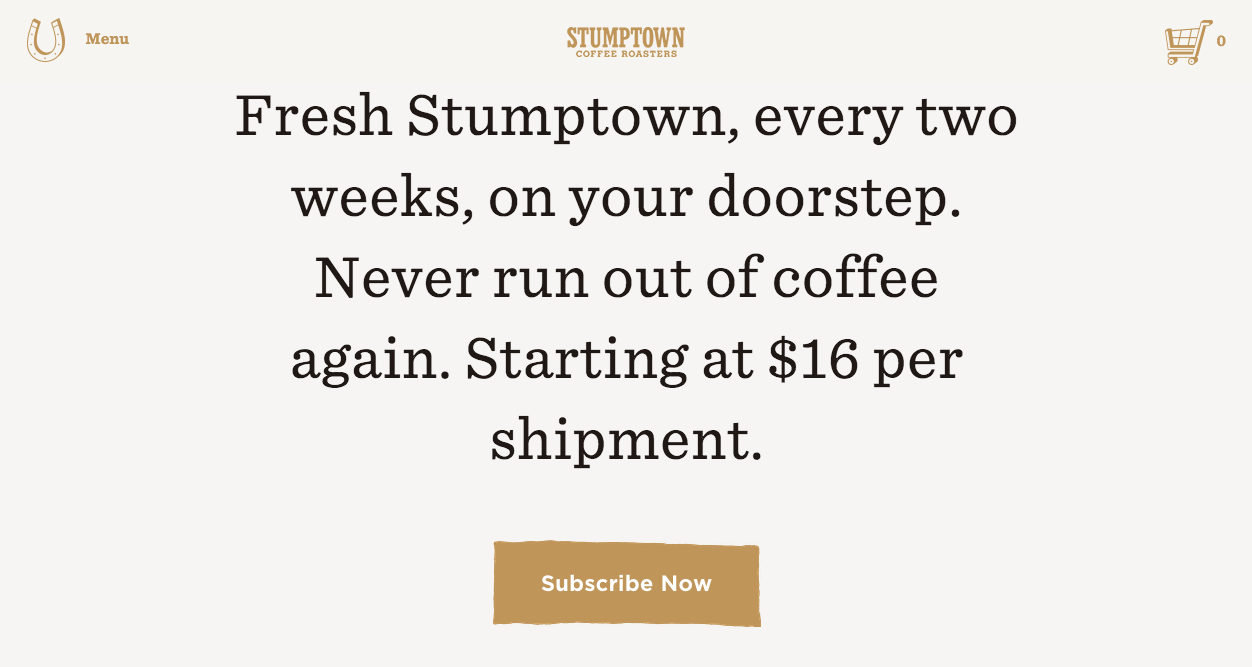
Many product-based companies are supplementing their revenue model by also adopting a subscription revenue stream. Stumptown Coffee and Blue Bottle Coffee are recent examples of this occurring in the coffee industry. Instead of being websites that are “one-stop-shops” for coffee or coffee-related products, both have now become a source of recurring delivery of the customer’s favorite beans. On the other hand, some companies, like NatureBox and Blue Apron, have launched as a subscription model from Day 1. The benefits of launching with this model from the beginning are numerous. This post will discuss 5 of those benefits so you can see exactly how subscriptions can be the best model for your ecommerce company.
1. Enhanced Customer Experience
Providing the best customer experience breeds loyalty. In fact, by striving to provide the best customer experience possible, you are already building a good customer relationship. This leads to repeat purchasing, brand loyalty, and overall business sustainability.
A recent survey of 27,000 US consumers across 44 industries found that companies that focused on providing superior experience to customers (like low-effort onboarding) realized positive business results, including a 10-15% increase in revenue growth and a 20% increase in customer satisfaction.
Making things easy or “low friction” for your customer is the best way to provide good customer experience. Let’s look at a couple of examples of how a subscription model can eliminate barriers to entry:
CONVENIENCE
With a subscription model, since the products will be delivered recurringly and at the shopper’s choice of frequency, your customer doesn’t need to worry about ever running out of products that usually deplete on predictable schedules. A great example of this can be found with Jessica Alba’s company, The Honest Co.
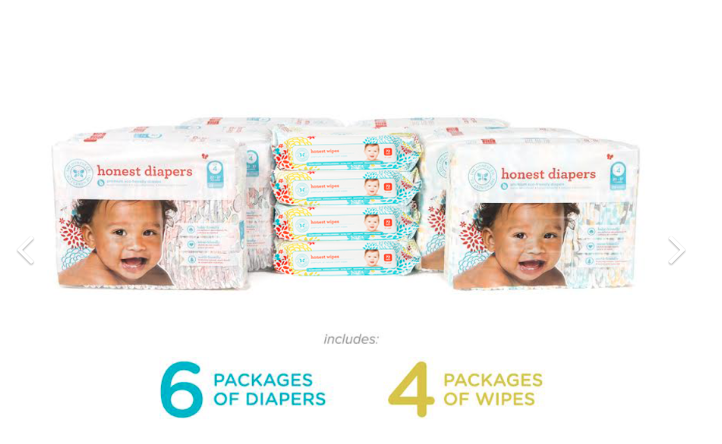
A new parent knows that diapers require a regular-purchasing schedule. Why try and set up a Target-run schedule with your partner when you can just have those diapers come to you? By establishing a diaper and wipes subscription option, The Honest Co. is providing a reliable delivery of two necessary items that are frequently bought together to parents. They can cross that item off their list and worry about more important things that new parents deal with.
PEACE OF MIND
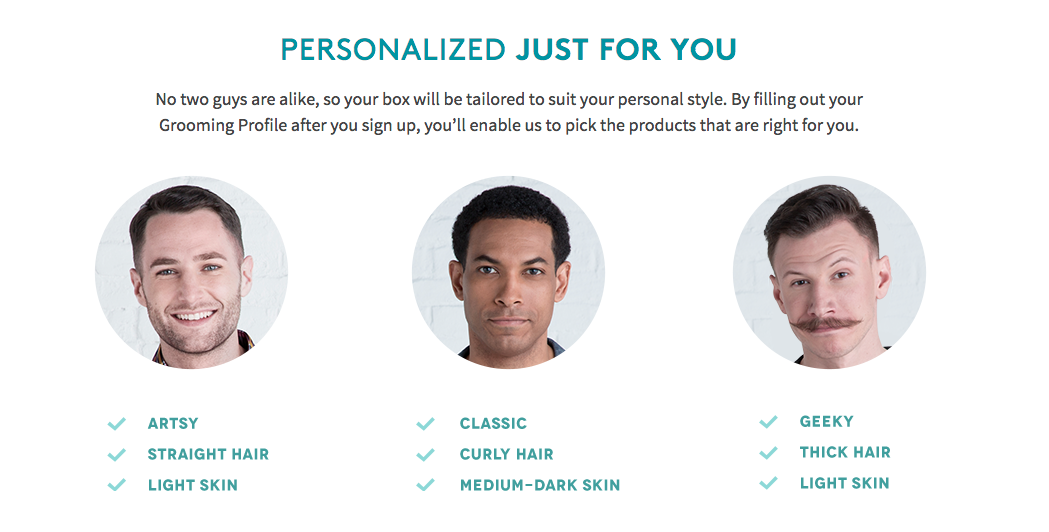
Another popular subscription business, Birchbox, exists on the idea that personal care products are items that men and women put a lot of thought into and purchase regularly. Birchbox allows customers to receive tailored personal care boxes, doing away with the necessity to go out and shop, as well as eliminating the worry about choosing the best product to buy. Since the boxes are personalized to the buyer’s skin and body, Birchbox’s customers are confident that they are receiving a personal care box that meets their needs.
2. Better ROI on Your Customer Acquisition
The growth of your business relies heavily on the efficiency and scalability of your customer acquisition strategy. As your business grows you will need to open new channels in order to bring in more customers, or focus on the channels that cater more to repeat business from existing customers.
Related: The Art of Turning New Customers into Repeat Buyers
Regardless of how much you refine your strategy, acquiring new customers will always cost you money. In fact, 82% of companies agree that retaining existing customers is cheaper than acquiring new customers.
Since that’s the case, the subscription model seems to meet that need quite nicely. If the customer is subscribing to receive something that will eventually run out, it can be assumed that the chances of that customer becoming a repeat subscriber are much higher than if you were strictly a product-to-consumer business. The diaper and wipe subscription from the Honest Co. mentioned above is a great example.
The cost (investment) you would incur trying to convince a first-time visitor compared to the cost of convincing an previous diaper purchaser is much higher. You might spend most of your money on ads with the former, whereas convincing the latter could be accomplished via a targeted email. The revenue generated from this customer will also be much higher: up to 67% more than a first-time buyer.
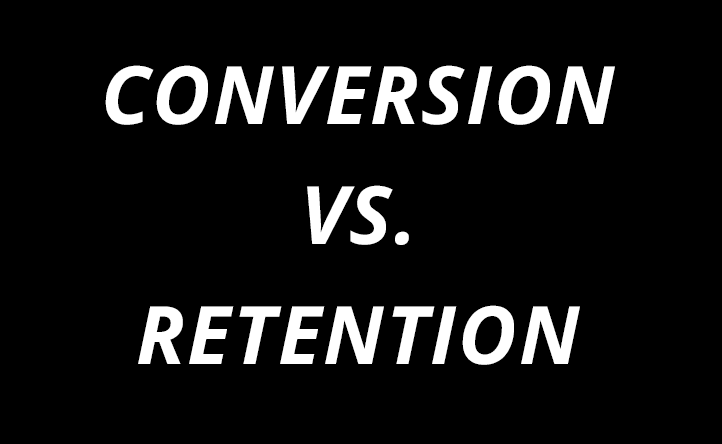
The difference lies in the fundamentals of a subscription business. A subscription model is a retention-based model, ensuring recurring revenue from repeat customers if well-executed. Sounds like a good recipe for sustainability! Selling your product or service the “standard” way is a conversion-based model and means you will have to work hard to a) convert a user to a buyer and b) work harder to turn them into a repeat buyer.
3. Better Revenue Predictions
One of the best things about running a company based on a subscription model is that it lets you maintain a reliable (predictable) recurring revenue stream. Usually when businesses predict revenue, assumptions are made by analyzing the stats of previous sales, overall expenses, and any salaries – giving you a true net profit number. However, a subscription model provides a better way to forecast the revenue by tightening up a few of the elements of revenue prediction that usually vacillate.
Because a subscription business is retention-based, an owner can better predict a customer’s lifetime value (LTV). For example, if you offer a 3-month, 6-month, and year subscription and you notice that most users do not renew after 3-months, you establish their average LTV is 3 months. Then, gathering the average revenue per customer during a 3-month period can better help you predict what your revenue will be moving forward.
It’s more difficult to predict your customer’s LTV in a regular model because there are many factors that influence repeat purchase. In a subscription model, you can analyze customer behavior a bit easier through the lens of a subscription period. It’s easier to problem-solve and iterate knowing your customer dropped off after their first three subscriptions (maybe they didn’t like the product / service) rather than spending precious time trying to deduce why the average time between repeat purchases in your customers was 1 year (Was their purchase an impulse buy? Are my products only worth buying once a year? Do they just splurge on this item every once in a while?).
Operating a subscription model also helps you adjust your marketing budget, which directly impacts your net profit. If you have an idea of your customer LTV, you can identify the channel through which the majority of these buyers are entering and funnel more marketing funds toward that channel.
Rather than operating solely off assumptions, a subscription model seems to offer a boost of actionable data you can use to really understand your customer and their behavior. domain owner data It’s possible in a regular model too, of course – it’s just not as consistent and predictable.
4. Subscriptions are Exciting!
Today, consumers can order almost anything and everything online – and they do (thank you, Amazon Prime). Some subscription companies are taking advantage of the ease of ordering online by capitalizing on an element that other business models find difficult to implement: customer delight. With omnichannel being on the tip of every marketer’s tongue, truly delighting your customers is getting increasingly demanding.
Online-only subscription businesses can truly delight their customers with the element of surprise. By offering a box of “unknown” products each month, the customer is intrigued in receiving items they’ve never heard of, or would never consider buying individually because of the price. The surprise subscription creates a sense of mystery and increases the excitement to receive each package.
The trick to success with the surprise subscription: trusted curators and / or limited edition or special items. Here are a few examples of companies heightening the customer experience through surprise:
Quarterly.co
Quarterly.co is known for offering up some of the coolest subscription boxes you can find online. They cater to quite a few interests, too. From fitness boxes, science freaks, beauty enthusiasts, chefs and yes, even techies, their subscriptions seem to cover all the bases. But, the best thing about their boxes: they have high-quality products that customers may not buy on their own or could not afford on their own, plus each one is curated by a trustworthy source.
Here’s a look at the February 2015 box from GQ:
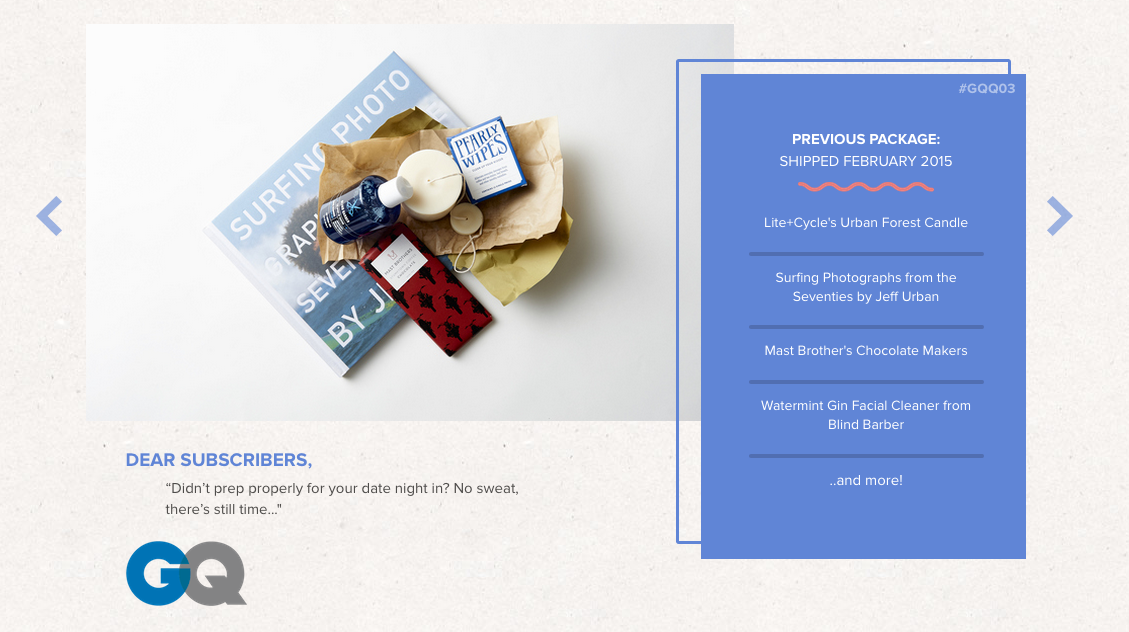
For the price point ($100 USD / box), the customer could not purchase each of the individual items for the same total price. And, the best part is: the recipient had no idea what they were getting! This image only appeared on the website for potential customers to see what was inside a previous package.
Barkbox
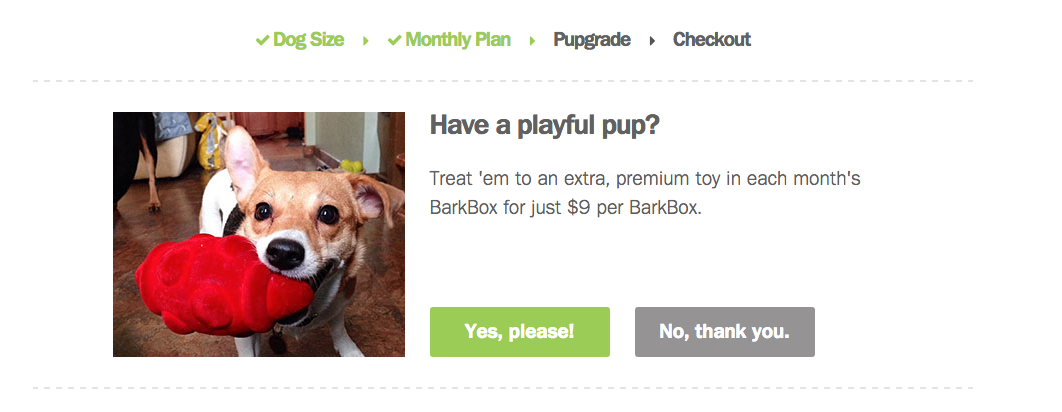
Another company using the element of surprise is Barkbox, which ships a box of all-natural treats and toys for dogs each month. The benefit they provide is providing “limited edition” products in their boxes. They also offer an upgrade to your subscription purchase to treat your dog to an additional “premium” toy that you may not be able to find in most stores. Though this business does not tout influential curators to sell their subscriptions, they definitely highlight the quality and limited availability of the products they include.
Birchbox
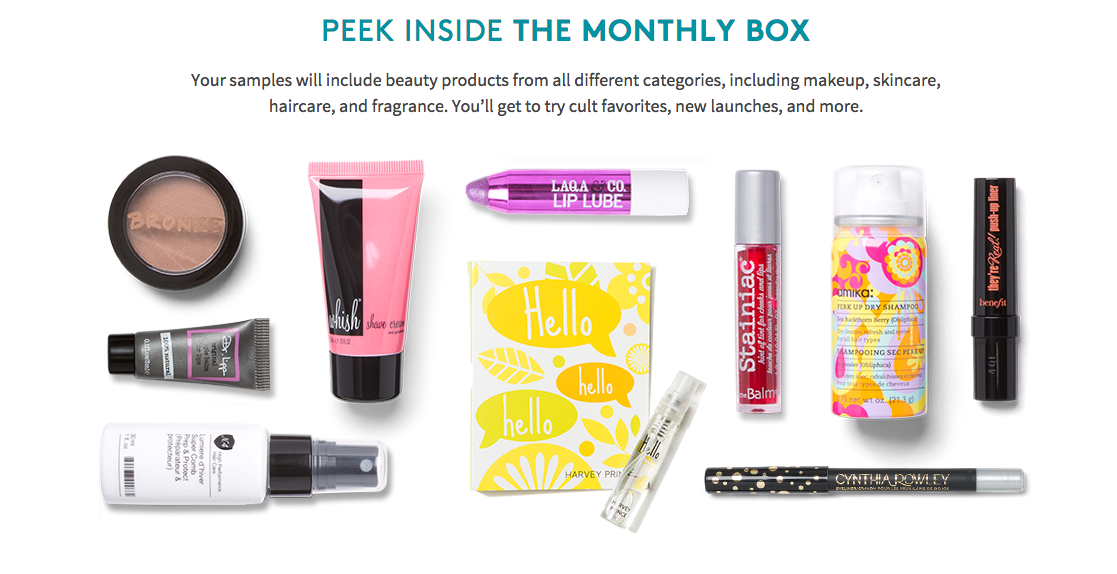
Possibly the best-known subscription business, Birchbox succeeds by providing high quality personal care products and makeup to users for a very inexpensive cost (Their subscription boxes start at just $10/mo). What makes Birchbox’s customer experience successful is their engagement with customers. Their Instagram is very interactive and they often have well-known beauty influencers “take over” their account to post images. Birchbox also has a very consistent video tutorial production, showing how to apply the products or how to execute a certain style. They’ve really done a good job executing on their customer engagement, which only heightens the excitement for their customers’ next box.
5. Better manage your inventory
In a standard ecommerce business model, inventory management can be a big problem. When an ecommerce company cannot manage their inventory well, lots of dollars go to waste. You’ve already bought the product, but it may not be selling as you had imagined. Knowing how much product to order to minimize product waste is tricky business.
With a subscription model, inventory is not a problem. If you know how many subscribers you have, calculating the amount of inventory you need should be much more accurate than making an assumption in a normal model based on averages. You know exactly what you’re “locked in” customers want – a concept called as “known demand”.
Learn more about inventory management in this Quora post about ecommerce companies.
This Is Your Chance
The best thing about a subscription model is that everything you need to start one is very accessible to you – right now. The technology is available. There are many companies doing this model right, so you can learn and mimic their strategy. Social media targeting is easier than ever. And, there’s sufficient information and resources available to you online.
Do you already own an ecommerce business? Do you think introducing a subscription model could benefit your revenue? Let us know in the comments below.






